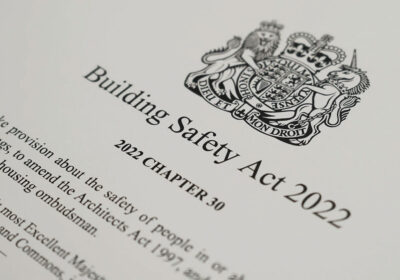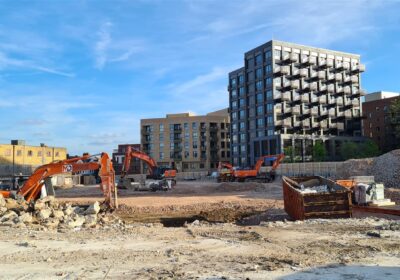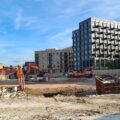Last week the Secretary of State backed his Inspectors and made it clear to the development sector that delivering new housing will not come at any cost. This may be both a surprising and confusing message to many observers. Particularly so after reports in the Sunday Times over the weekend suggest radical planning reform to unlock housing supply is on the way.
Proposals for 771 homes in Charlton riverside promoted by Rockwell were dismissed by the Planning Inspectorate. On the same day, Meyer Homes’ proposal in Woolwich for 804 homes was also dismissed. In one day, the Government has backed decisions extinguishing 1,575 homes from the Capital’s housing supply. What are we to make of it all?
Housing supply as a planning consideration
We constantly hear from national politicians that enabling of housing supply is the primary and most important consideration of the planning system. However, both decisions in the same Borough (Greenwich), appear to run contrary to this sentiment.
The Rockwell case concerned the redevelopment of a trading estate on the Charlton Riverside. Despite being recommended by Greenwich Officers it was overturned by Members and then also refused by the Mayor of London. A significant part of the case made by the developer in defence of the proposal at appeal related to Greenwich not possessing a five-year housing supply.
Demonstrating a lack of sites has become an important tool in overturning refusals. Many developers argue that shortfalls in identified sites mean that a presumption in favour of sustainable development should apply as set out for all in the national planning framework.
The Inspector determining the Rockwell case concluded that the Council did indeed possess a shortfall (but only just) on its five-year housing supply. Interestingly though, Jenrick made a wider point. In paragraph 28 he suggested that the shortfall could have been much greater, but it would not have materially changed the decision. It would not have provided sufficient weight to overcome the significant harm in the Government’s view caused by the design and setting:
The Secretary of State has also noted that, even in the circumstances where the Council is unable to demonstrate a 5YHLS and the presumption in favour of sustainable development applies, the Inspector’s recommendation is that the substantial harm he identified would significantly and demonstrably outweigh the benefits he identified
This is significant. It tells us that whatever is made of the national shortage in housing and whatever weaknesses there might be in planned supply in a particular local area, it is not necessarily enough to tip the balance if other aspects of a scheme fall short. In this case, the disbenefits related to the proposal’s design.
Design quality
Much weight was attached by the Inspector in the case of the Rockwell decision to the character of Charlton. The Inspector observed that the development was predominantly ‘an unrelieved level of 10 storeys’ and supported concerns of campaigners that the character of Charlton meant that it should not follow the same development trajectory as the neighbouring Greenwich Pennissula where much more substantial building has taken place.
On similar lines, the Inspector for the Meyer Homes proposal in Woolwich was extremely critical of the developer’s proposals on design and conservation grounds. The report considered the proposals would dominate the immediate public square and would compound what was already in the Inspector’s mind, a poorly conceived development. The number of homes the scheme was proposing did not offer enough weight to overcome the downsides.
Local consultation
Back to Charlton, the Inspector on the Rockwell scheme attached significant weight to the Council’s Supplementary Planning Document. In paragraph 15.26 the Inspector states:
I concur with the findings of RBG who have adopted the SPD, and, in evidence, found it to be well considered and robust, and with the GLA, who found it to be a carefully crafted and well-informed document.
It’s an interesting facet to this case. There are several low-rise residential streets which bound the gritty industrial grain of Charlton riverside. Clearly, a lot of work had gone into consulting with these residents by the Council around the vision for a future Charlton. The Inspector picked up the public discord and the sentiment that local residents felt ignored by the developer. This was a thorn in the side of the scheme and one which weighed heavily against the proposals.
What to make of it all?
When Jenrick came to office one of the first initiatives he undertook was to endorse the Living with Beauty, the Building Better, Building Beautiful Commission (BBBC) report. The recommendations seek to embed design quality and it appears the Government is deadly serious about delivering on this. These two decisions send a message that whatever the planning reform this Government seeks, design and conservation are likely to be at the heart of it.










